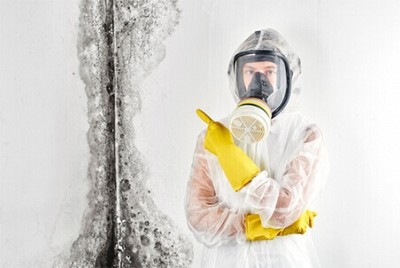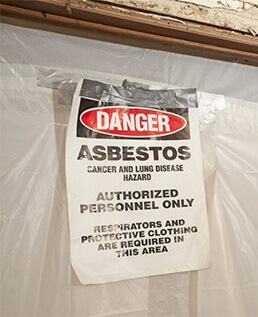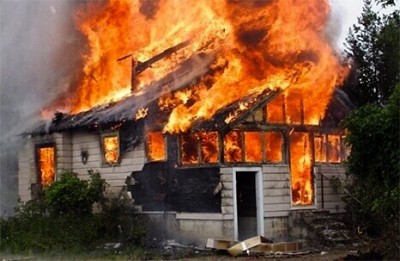What is the Difference between Asbestosis and Mesothelioma?
Posted in Asbestos Removal, on February 22, 2022
Asbestos-containing materials that linger in older properties are most likely in a friable condition by now. This means that they can be easily disturbed and break apart, sending dangerous fibres into the air. Asbestos removal in Edmonton is necessary to prevent exposure to airborne asbestos fibres, as inhaling the particles can lead to severe health conditions. Two of the most common asbestos-related illnesses are mesothelioma and asbestosis.
If you’re the owner of a commercial or residential building that was constructed between the 1960s and 1990s, Canada’s Restoration Services highly recommends having asbestos testing in Edmonton done on your property if you haven’t already done so. Not only does this ensure that your property is safe, but it can help prevent occupants from developing any long-term health conditions if asbestos is confirmed to be present.
Asbestos and Mesothelioma
(1).png) Mesothelioma and asbestosis are two asbestos-related diseases that can affect the lungs. But the primary difference that separates the two is that mesothelioma is a type of cancer while asbestosis is not. Mesothelioma usually develops in mesothelial tissue found in the lungs and abdomen. On the other hand, asbestosis occurs in the lungs and respiratory tract. While incurable, treatment can enable people with asbestosis to live for several decades. However, the average life expectancy of someone living with mesothelioma is 12 to 21 months.
Mesothelioma and asbestosis are two asbestos-related diseases that can affect the lungs. But the primary difference that separates the two is that mesothelioma is a type of cancer while asbestosis is not. Mesothelioma usually develops in mesothelial tissue found in the lungs and abdomen. On the other hand, asbestosis occurs in the lungs and respiratory tract. While incurable, treatment can enable people with asbestosis to live for several decades. However, the average life expectancy of someone living with mesothelioma is 12 to 21 months.
Asbestos and Asbestosis
A form of pulmonary fibrosis, asbestosis is characterized by scarred lung tissue, which leads to breathing problems as the lungs stiffen. Mesothelioma tumours can develop along the mesothelium, which is a type of tissue lining outside of the lungs, abdomen and chest cavity.
Both illnesses share similar symptoms: shortness of breath, inflammation, chest pains, dry coughs, weight loss and fatigue. It can take up to five or 20 years for symptoms to develop after initial exposure. This is why it’s important to have asbestos testing in Edmonton done on your property, as signs are not immediately evident.
How Does Asbestos Cause Chronic Illness?
Asbestos fibres are minuscule and needle-like. Professionals should handle asbestos removal in Edmonton because asbestos-containing materials can break without effort or be easily disturbed, sending harmful airborne particles. These particles can not be degraded once inhaled, and ultimately get trapped in the lugs or other tissues. In an effort to remove the fibres, an inflammatory response is triggered by the immune system. But prolonged inflammation can lead to damaging and scarring, resulting in the development of an asbestos-related illness.
In addition to mesothelioma and asbestosis, other illnesses include lung cancer, chronic obstructive pulmonary disease, pleural thickening, pleural effusion, pleural plaques and atelectasis.
Preventing Diseases with Asbestos Testing in Edmonton
The best way to prevent an asbestos-related illness from occurring is by having professional asbestos testing in Edmonton done on your property. If testing confirms that asbestos is present, further prevention can be attained by having experts at Canada’s Restoration Services handle the process of asbestos removal in Edmonton. Testing and removal of asbestos should never be handled on your own.
During asbestos abatement, crews at Canada’s Restoration Service take cautionary steps to ensure that no cross-contamination occurs to contain any risk of re-exposure. This is achieved through the use of full containment gear and equipment.
If you have any questions or concerns about asbestos-containing materials on your property, contact Canada’s Restoration Services now to speak to an expert today!







